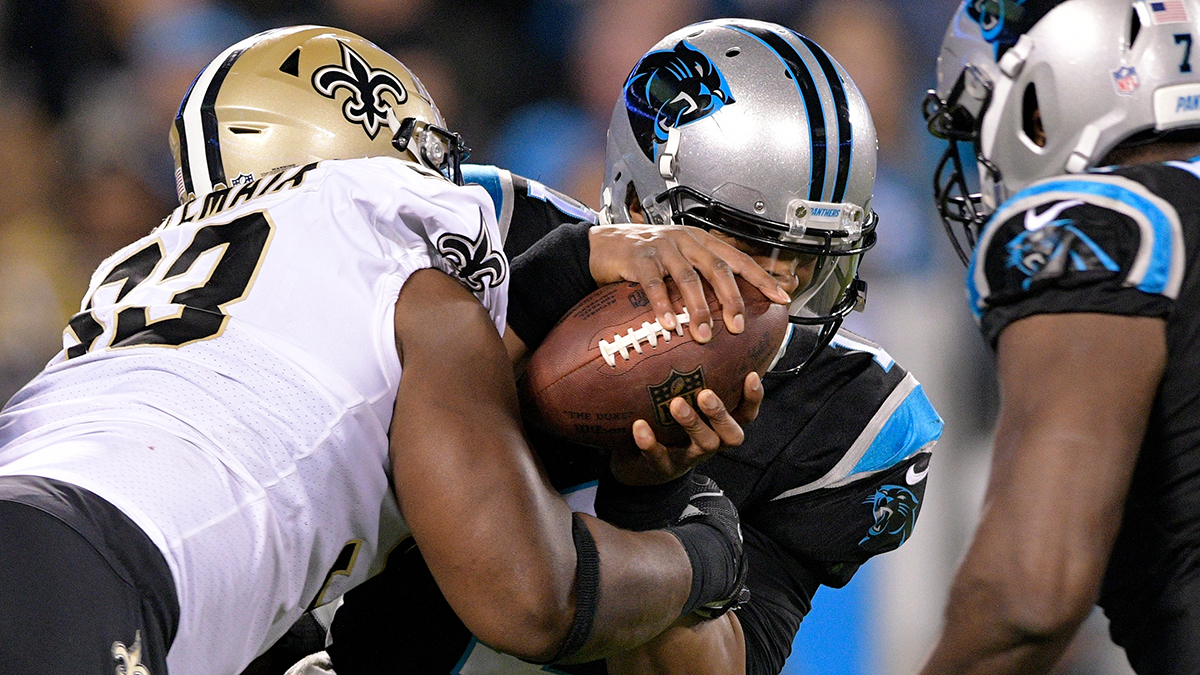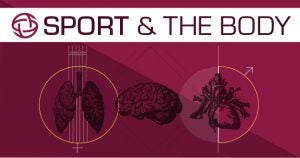Subconcussive hits still cause damage to football players

During the 2018 NFL playoffs, the Carolina Panthers were mounting a comeback against the New Orleans Saints when Panthers quarterback Cam Newton took a direct hit to the head from Saints defensive tackle David Onyemata. Clearly dazed, Newton was evaluated on the field and then jogged off, only to stop short of the sideline and fall to his knees. After a brief exam in the medical tent on the sideline, Newton was able to return and finish the game.

Newton’s official explanation after the game was that his visor poked him in the eye, yet there was widespread skepticism of that statement.
As defined by the Concussion Legacy Foundation, a concussion is “a cluster of symptoms” caused by a hit to the head. Many concussions can be scary and very apparent from the moment they happen, like the brutal hit receiver Antonio Brown took a few seasons ago in a playoff game against the Cincinnati Bengals. Brown, who played for the Pittsburgh Steelers at the time, was knocked unconscious, his arms flailing before his body flopped to the ground. He remained motionless for several seconds before being helped by athletic trainers.
While the issue of concussions in football is still garnering nationwide attention, subconcussive hits are not. Research has shown that subconcussive hits to the head cause some brain damage without presenting the physical symptoms that help diagnose a concussion.
While Newton’s toughness and passion to help his team were admirable, his well-publicized incident may reflect a wider problem in the NFL, and perhaps society: a lack of awareness of the dangers of hits to the head. According to Chris Korman, who detailed Newton’s incident for USA Today, the NFL Concussion Protocol states that, “players who stumble or fall when trying to stand will require a concussion evaluation in the locker room.” Yet Newton clearly fell to his knees before reaching the sideline, and he was allowed to be evaluated in the sideline tent near all of his teammates while still hearing the loud crowd, which likely helped keep his adrenaline pumping.
In the Carnegie Mellon study that Gretchen Reynolds cited, 38 football players’ midbrains were scanned before and after a season. The results revealed that white matter — tissue that connects gray matter in the various regions of the brain that control muscle movement, speech, vision, memory and hearing — was “slightly less healthy.”
Two other players had been diagnosed with concussions during the season and were not included in the results of the study, but the 38 players who were scanned again were not diagnosed with a concussion during the season. Mahon described all the brain injuries of those 38 players as “clinically silent,” as none of them showed concussion symptoms.
Further, 28 other athletes who were diagnosed with concussions had their brains scanned, and those scans also showed damage to their white matter. The conclusion: whether there is an official diagnosis of concussion or not, hits to the head can cause physical damage to the brain.
For the 38 players who did not suffer concussions but still had damaged white matter, Mahon presumes that there would eventually be some healing in their brains. But the study did not call for more scans beyond the scan taken immediately after the season, so that is not confirmed by the research.
The researchers did not test the thinking or motor skills of the players, but one of Mahon's students, Adnan Hirad, reported that none of the players experienced any unusual academic difficulties.
While the players did not suffer any apparent mental or emotional side effects, the clear physical damage may be concerning. Players who suffer concussions can usually be identified and removed immediately from games, but those who take subconcussive hits and keep playing with that damage to their brains can potentially make it worse, affecting brain function and damaging connections between areas of the brain.
Mahon may be correct that there would eventually be healing from subconcussive hits, but football players suffering this damage on a weekly basis and continuing to play with it may eventually experience problems similar to the effects of several diagnosed concussions, such as mood and behavioral changes, according to the Concussion Legacy Foundation.
Marco Quezada is a senior sports journalism major at Arizona State University
Editor’s note: For the 2019-2020 academic year, the Global Sport Institute’s research theme will be “Sport and the body.” The Institute will conduct and fund research and host events that will explore a myriad of topics related to the body.
Related Articles
ASU researchers create messages to improve concussion reporting
New study says classic concussion treatment may not be effective
Football takes a back seat to cycling when it comes to head injuries
Playing impact sports in high school can cause ‘significant’ changes in brain
Conflicting research on CTE shows need for more study
New research, technology aimed at minimizing concussions
Study shows brain changes in football players could be from learned hand-eye coordination skills
Baseline concussion testing keeps athletes game ready


